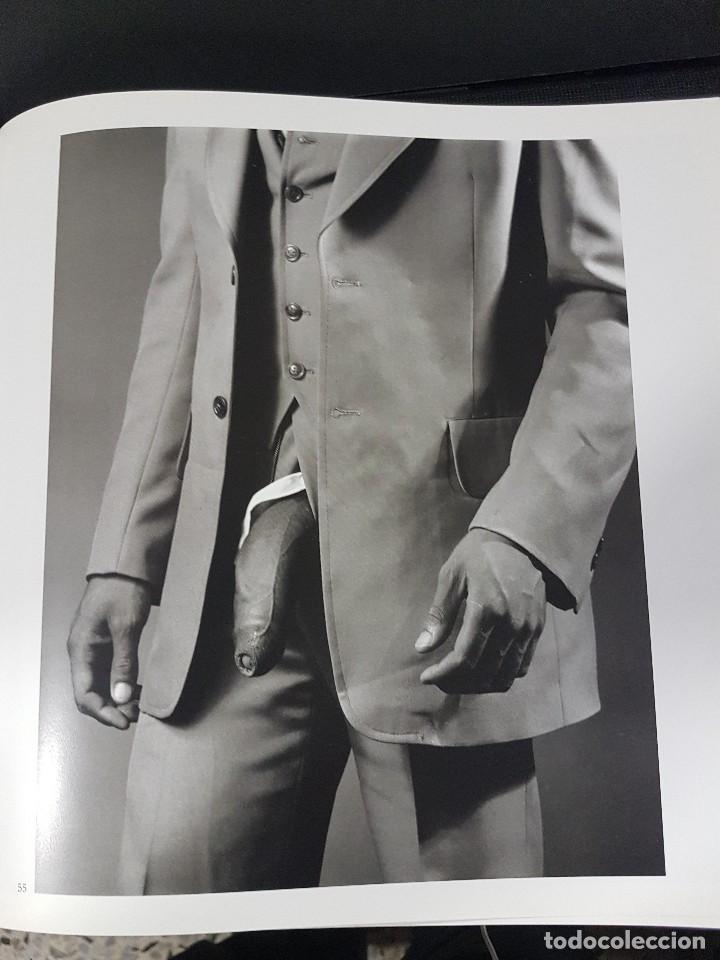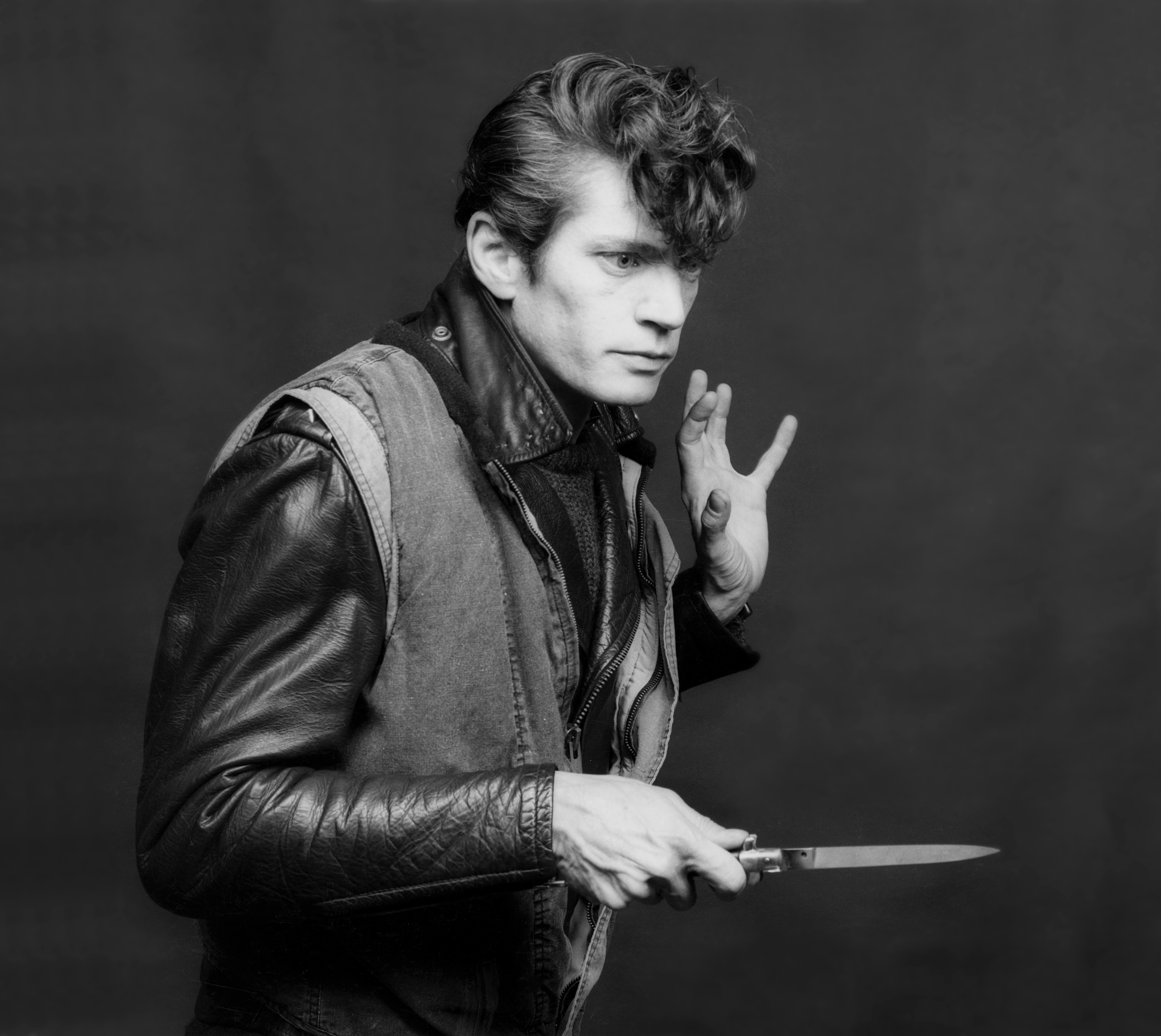

“I take issue with this current cancel culture because I don’t think anyone is ever one thing,” tuttle said. So how does one honor and critique simultaneously? Can you push the narrative forward while still holding onto the past? And what to make of the current zeitgeist that suggests engaging with problematic artists in any form is a contribution to a toxic narrative? Photo used by permission of Robert Mapplethorpe Foundation. “Particularly the black models, I wanted to humanize them in a way that filled in a larger picture of what it means to sit on either side of that lens.”Īs a posthumous retribution, tuttle includes all of the names of the black models he could locate in the archives, not originally credited, and embeds them within the libretto.

“Being black and queer, and also having a relationship with whiteness and white queer men, intimately - understanding that power dynamic and the contradictions that exist when we talk about sexuality, desire, conditioning, and control - I felt as though I had not yet experienced any part of Mapplethorpe’s work that provided the models and subjects with agency,” tuttle said. This is the precise place, however, where tuttle interrogates his art and lyricism in Triptych. Retrospectives of Mapplethorpe’s photos have, traditionally, not delved deeply into the murky water of the intersectionality of blackness and queerness. Mapplethorpe’s career is often tightly connected with the controversy that originally surrounded it, such as critiques of his often graphic and explicit work, and his portraiture of black bodies. It’s these moments in the performance when audiences can vividly witness tuttle openly asking questions about the rules of art in a broader sense, building upon Essex’s legacy. This specific Hemphill poem, which asks, “Can aesthetics justify desire?” appears in its entirety in Triptych, set to music.

Robert mapplethorpe black book series#
“In his previously unpublished poem, “For Robert Mapplethorpe,” Essex poses a series of questions, but those questions are vital to properly framing his work,” tuttle says. It also helped me see his work as being a product of the American experiment.” “It allowed me to place myself on both sides of his lens and understand what he saw from his point of view, not just through the archive, but also through documentary work and interviews. “I was blown away with what Robert saw, and I think what it allowed me to do was build a relationship with the archive, the subjects, with him, and with myself,” tuttle explains. When tuttle first began working on Triptych, he started his process in the archives, dissecting Mapplethorpe’s artistic ethos through his work and related materials. As the recent San Francisco Chronicle review noted, “Triptych accomplishes what art does best, which is to serve as a pointer toward further thought.” In a conversation with librettist korde arrington tuttle, it became clear that while this production certainly focuses on Mapplethorpe’s photography, it primarily serves as a prompt for larger discussions on queerness, intersectionality, and how we all lean into discomfort to discover something deeper about ourselves.

The piece meditates on these images by using other mediums to react to them - music, poetry, choral work, and performers on stage. Triptych (Eyes of One on Another) is a multidisciplinary dive into the work of photographer Robert Mapplethorpe, inviting audiences to experience his controversial work from fresh new perspectives. This piece is reposted from the ArtsEmerson Blog.


 0 kommentar(er)
0 kommentar(er)
